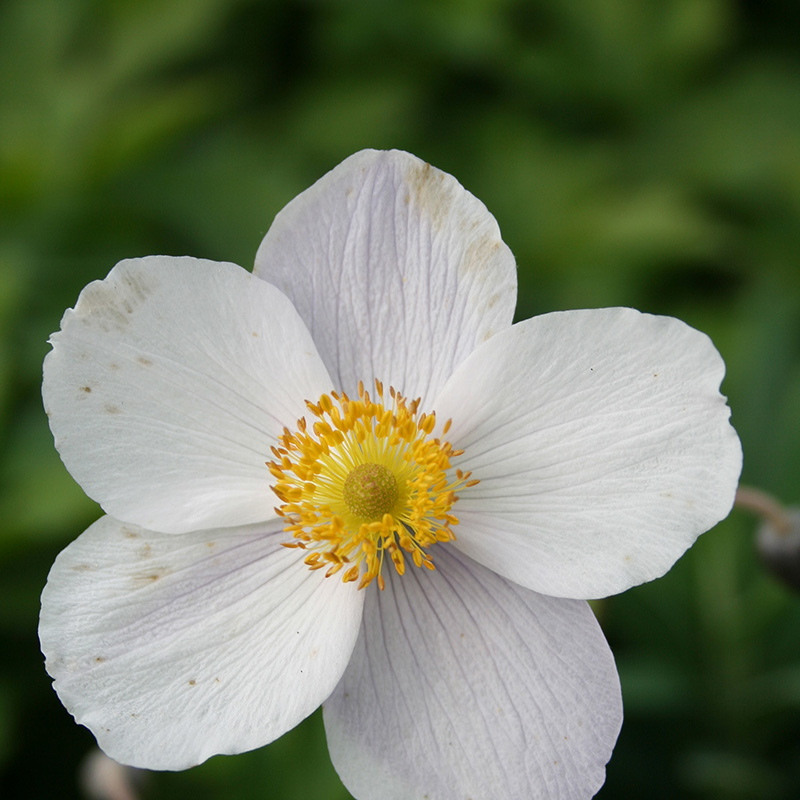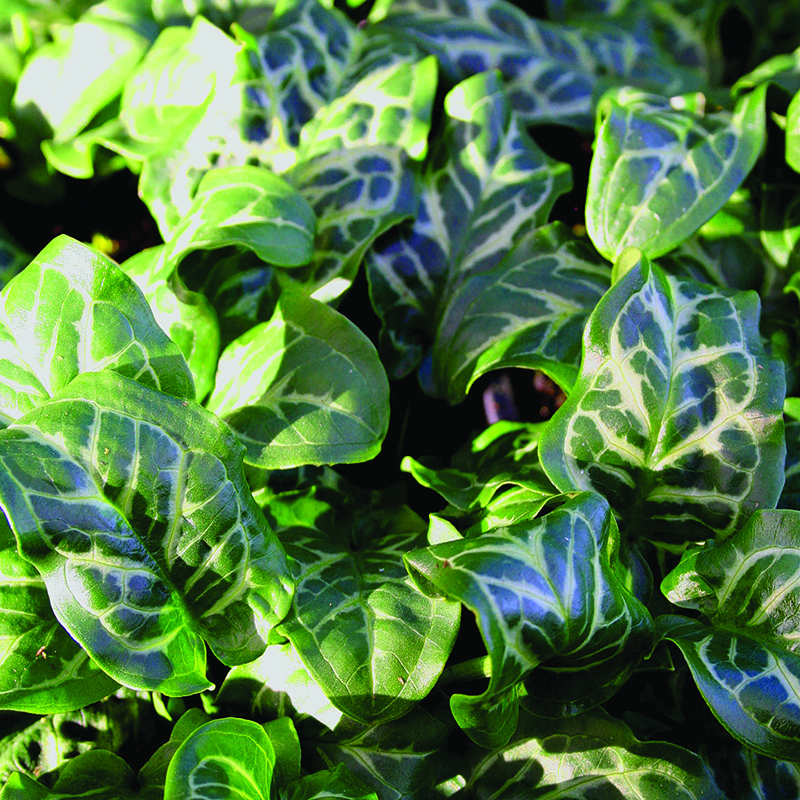Herbaceous Perennials
Herbaceous plants (in botanical use frequently simply herbs) are plants that have no persistent woody stem above ground. The term is mainly applied to perennials, but in botany it may also refer to annuals or biennials, and include both forbs and graminoids.
Annual herbaceous plants die completely at the end of the growing season or when they have flowered and fruited, and they then grow again from seed.
Herbaceous perennial and biennial plants may have stems that die at the end of the growing season, but parts of the plant survive under or close to the ground from season to season.
Eupatorium rugosum ‘Chocolate’
Forms a large mound of dark bronze-purple foliage which will gradually turn a dark green as the season progresses. In late Summer clusters of fluffy white flowers are born on dark red-purple stems. A great pollinator plant. Garden plant for flowerbed in well-drained soil in full sun or partial shade. Will tolerate a dry shade area. Good in beds, borders, woodland or wildlife garden. Height 180 cm. Spread 60 cm.














